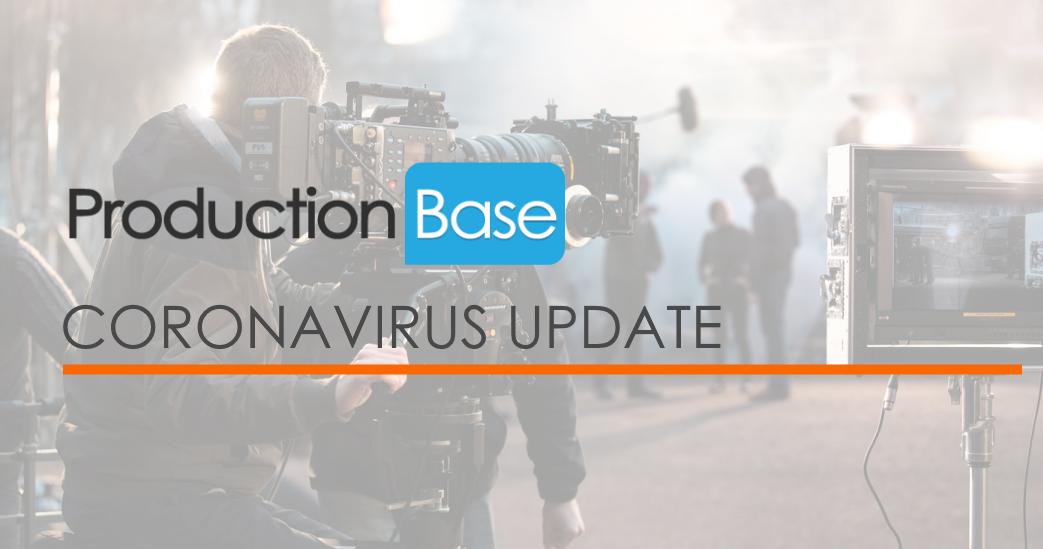
What is an Archive Researcher?
Most productions will use footage or images that they haven’t filmed themselves. Archive Researchers are responsible for finding archive footage that is suitable and can be used to recreate a past event, or to convey a certain mood.
What is the job?
The role of Archive Researcher involves sourcing archive footage that can be re-used in a new film or TV show. The role also involves clearing the footage for use and negotiating the price with the rights holder.
The variety and type of work that you will carry out as an Archive Researcher will depend on individual producers and the companies you are working for. However, most Archive Researchers will carry out duties such as meeting with Producers, Directors, Designers, Presenters or Writers to discuss the research needs of a program, as well as sourcing the archive content itself. In addition to this, an Archive Researcher may also be asked to provide administrative support such as dealing with contracts.








